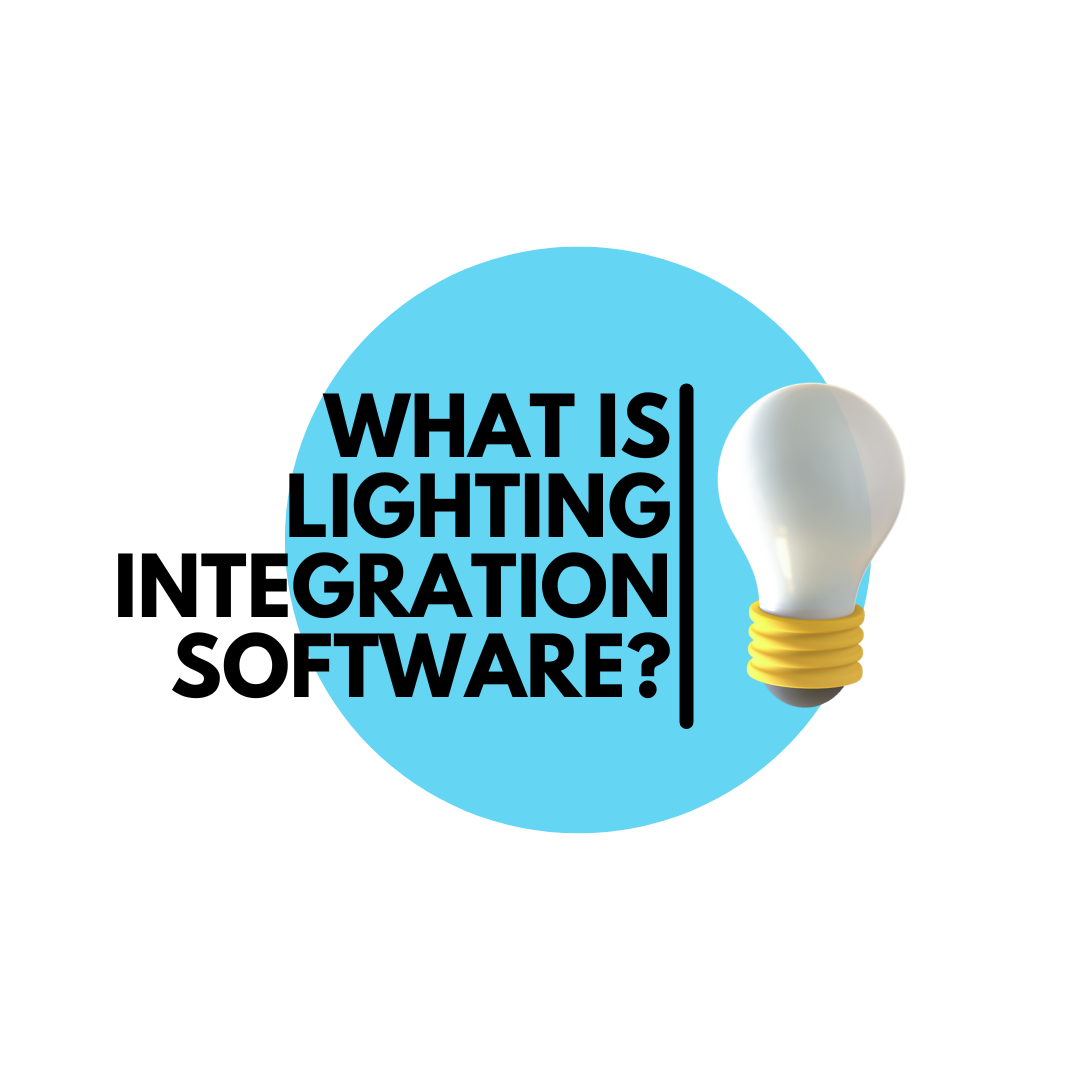Lighting Integration Software Assisting With Circular Economy Efforts
Key points covered in this blog:
What is the circular economy?
What is the current environmental challenge?
Where does the lighting industry fit in?
How can lighting integration assist with circular economy principles?
Collectively we need to overcome environmental challenges in the built space to meet net-zero targets.
The current state of the economy is based on free spending and wasting. It is a linear economy that has convinced people that old needs to be replaced with new. Owning the latest product has become the norm, driven by status, emotion, and culture. We have normalised a consumptive attitude to growth with a take, make, waste economy (James George 2022).
For many years, companies have maximised their profits by utilising planned obsolescence as a business strategy. However, this has caused a huge issue from an environmental perspective. Between 30-50% of all food is wasted before it reaches our plate, 8 million tons of plastic enters the ocean every year, and all over the globe, land is being degraded by industrial farming techniques that use chemicals to try and artificially increase yields to meet demand. In the process, water sources are contaminated, and biological cycle breakdown has caused wildlife populations to decline dramatically. We must act now (James George 2022).
We cannot consume our way out of this issue by buying differently, e.g. recycled or eco-friendly products; this simply treats the symptoms rather than the root cause.
Therefore, the principles of a circular economy are based on keeping products and materials in use. There are three main principles: Eliminate waste and pollution, circulate products and materials and regenerate nature.
The lighting industry has talked about the circular economy for many years now, but ironically, it is rumoured that they were pioneers in creating the wasteful economy we know today. The Phoebus Cartel Conspiracy uncovers how planned obsolescence has shaped our lives and economy since the 1920s when leading light bulb manufacturers collectively agreed to shorten the life of light bulbs to increase their sales. It is the first example of deliberate waste for personal gain, but these principles quickly became the foundation of modern consumer economics (James George 2022).
Fast forward to today, and we are currently experiencing the catastrophic environmental impact of this approach. The lighting industry has advanced, but there is still an overwhelming focus on hardware (drivers, lamps, fixtures). We all know that the future of the industry demands integration. But due to the way in which the lighting and building industry have evolved, lighting progressed in its own niche with unique protocols separate from other building systems largely because it was overlooked by BMS installation and became problematic due to the different protocols and a breakdown in communication between the systems. This has caused siloed systems to exist in buildings where data cannot be utilised effectively.
Although today, there are a collection of commonly used protocols and open standards that make integration easier, retrofitting an existing building which contains older systems can be challenging.
It can be difficult to break the mould and move to a circular economy that facilitates open standards.
However, amBX lighting and building software platform, SmartCore, aims to offer a cost-effective, flexible solution to assist with this problem. The protocol and hardware agnostic solution can future-proof existing infrastructure, smart enabling it and making use of data from disparate systems, sending it to a central source, and communicating with multiple protocols simultaneously. This saves embodied carbon as current infrastructure can be upgraded and given a new lease of life. The software-only solution effectively provides illumination and control, valorising hardware and selling lighting as a service, stepping away from the traditional hardware-heavy model, which is dominated by cost and waste.
Utilising a pre-existing, reliable lighting network can facilitate data capture in real-time and provide true interoperability between systems, normalising data and sending it to a central source, allowing it to be used for things like ESG reporting. It also can add additional lighting logic, such as sophisticated circadian lighting that improves occupants’ wellbeing or digital twin simulations that allow changes to be made to improve energy and carbon consumption. The aim is to extend the life of current hardware, smart enabling it, providing building owners and managers with advanced control and upgrading current infrastructure and buildings with software and hardware only where it is needed rather than replacing, demolishing and building new. With software solutions such as SmartCore forming part of the ecosystem of vendors, buildings can be made sustainable and conform to circular economy principles. A lighting-first approach could be the way forward for the built space.



